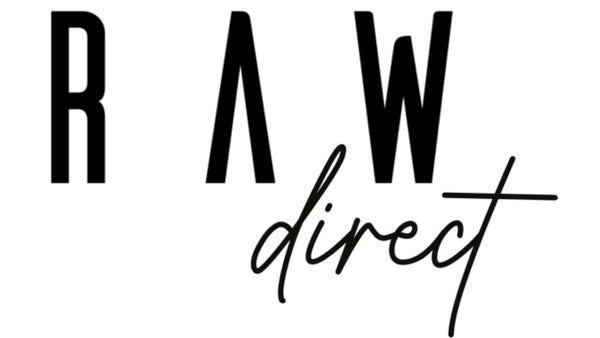
How to Transition Your Dog to a Raw Diet: A Step-by-Step Guide
Share
Switching your dog to a raw diet may seem daunting at first, but with the right approach, it can be a smooth and beneficial transition. Here’s a step-by-step guide to help you introduce raw feeding to your dog and ensure a successful switch from kibble.
How to Introduce Raw Food Gradually
When transitioning to raw, it’s important to do so gradually to avoid digestive upset. Follow these steps:
- Start Slow: Begin by replacing 20-25% of your dog’s kibble with raw food for the first few days. Monitor their stool and energy levels.
- Increase the Raw Portion: Every 3-5 days, increase the amount of raw food and decrease the kibble, aiming to completely transition in 1-2 weeks.
- Stick to One Protein Source Initially: Introduce one protein source, like chicken or turkey, and keep it consistent for the first week or two to help their digestive system adjust.
- Add Variety Over Time: Once your dog is comfortable, start introducing new proteins like beef, lamb, or fish, and gradually incorporate raw meaty bones and organs.
What to Expect During the Transition Phase
As your dog adjusts to raw feeding, you might notice some changes, which are normal:
- Softer or Runny Stools: Slight digestive upset can occur as your dog’s system adjusts. If this happens, reduce the amount of raw food and transition more slowly.
- Detoxing: Some dogs may go through a "detox" phase where they may shed more, have runny eyes, or develop slight skin issues as their body purges toxins. This usually passes within a few weeks.
- Increased Energy Levels: As your dog begins to absorb the rich nutrients in raw food, you may notice a boost in their energy and vitality.
Tips for Picky Eaters
If your dog is hesitant about raw food, try these strategies:
- Warm the Food: Slightly warming the raw food can enhance its aroma, making it more enticing.
- Mix with a Favorite: Start by mixing a little raw food with a small portion of their favorite kibble or a treat they enjoy.
- Add Flavor Boosters: Drizzle a bit of bone broth or fish oil on top to encourage them to try it.
Signs Your Dog is Thriving on Raw Food
Once your dog is fully transitioned to raw food, you’ll start to notice several positive changes:
- Shinier Coat: Raw-fed dogs often develop a glossy, healthy coat due to the high-quality fats and oils in their diet.
- Better Digestion: Smaller, firmer stools and less gas are common since raw food is more easily digested and absorbed.
- Increased Energy: Many pet parents report that their dogs have more stamina and overall improved vitality after switching to raw.
- Healthy Weight: Raw feeding helps dogs maintain an ideal weight by providing balanced nutrition without fillers or unnecessary carbs.
By following this guide and paying attention to your dog’s needs during the transition, you can successfully switch them to a raw diet, setting them on a path to better health and well-being.
